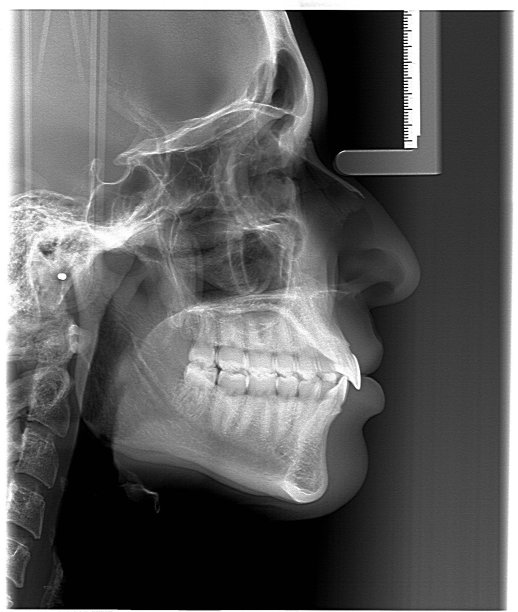Essential Precautions to Ensure a Successful and Comfortable Root Canal Treatment Experience for Patients and Dentists
Summary: Root canal treatment, while often feared by patients, can be a successful and comfortable experience with the right precautions taken by both dentists and patients. This article outlines essential strategies and considerations that can significantly enhance the overall treatment experience. By focusing on pre-treatment discussions, effective communication, optimal anesthesia protocols, and post-treatment care, both patients and dentists can contribute to a smoother process. Emphasizing a partnership between healthcare provider and patient can lead to better outcomes, showcasing how effective precautions pave the way for success in root canal procedures.
1. Effective Pre-Treatment Discussions with Patients

Pre-treatment discussions serve as the foundation of a successful root canal experience. Dentists should take the time to explain the procedure in detail, addressing any concerns or misconceptions that patients may have. This transparency helps to reduce anxiety and builds trust between the patient and the dentist.
During these discussions, it is beneficial to outline the potential symptoms that necessitate a root canal, as well as the expected outcomes of the procedure. Providing patients with illustrations or videos can further facilitate understanding, making them feel more prepared and engaged in their treatment journey.
Additionally, collecting a comprehensive medical history is crucial. Understanding a patients health conditions, allergies, and medications helps dentists tailor the treatment for safety and efficacy, ensuring patients feel cared for and valued before the procedure even begins.
2. The Importance of Clear Communication Throughout the Process
Communication should extend beyond pre-treatment interactions; it is vital during the entire root canal procedure. Dentists need to consistently check in with patients, asking how they are feeling, and reassuring them throughout the process. This ongoing dialogue can alleviate fear and enhance a sense of control for the patient.
Furthermore, clearly explaining each step of the procedure as it unfolds can demystify the experience. By informing patients about what to expect next, dentists can minimize anxiety while fostering a supportive environment. Patients who are informed are more likely to feel comfortable, leading to a more straightforward treatment experience.
Lastly, utilize visual aids and effective body language to communicate non-verbally. A calm demeanor and reassuring gestures can significantly impact a patient’s comfort level, reinforcing trust through both verbal and non-verbal cues.
3. Optimal Anesthesia Protocols for Pain Management
Ensuring adequate pain management through effective anesthesia is a critical aspect of a comfortable root canal treatment. Dentists must carefully assess the patients needs and ideally customize the anesthesia approach based on individual comfort levels and anxiety. In some cases, sedation options are available and can be discussed prior to the procedure.
Before administering anesthesia, dentists should thoroughly explain the process to the patient, including the sensation they may experience and the expected outcomes. Utilizing local anesthesia is crucial, but additional forms of sedation, such as nitrous oxide or oral sedatives, may also be offered to enhance comfort for patients with high anxiety levels.
Moreover, employing advanced techniques such as using a dental dam can enhance precision during the procedure while reducing discomfort. Patients will appreciate an environment that minimizes distractions and focuses on their comfort, leading to a more positive experience overall.
4. Effective Post-Treatment Care and Follow-Up
Post-treatment care is vital in ensuring a patient’s overall satisfaction with the root canal procedure. Aftercare instructions should be clearly communicated, ideally both verbally and in written form, covering aspects such as pain management, dietary recommendations, and potential symptoms to monitor.
Follow-up appointments are also necessary to assess healing and address any issues that may arise post-treatment. Dentists should reach out to patients within a few days, checking on their recovery and encouraging them to voice any concerns. This proactive approach demonstrates a commitment to the patient’s well-being, fostering a trusting relationship.
Encouraging patients to maintain regular dental hygiene routines post-treatment is equally significant. Offering tips and advice on how to care for their teeth while highlighting the importance of follow-up visits helps ensure long-term success and reinforces the patients role in their own dental care journey.
Summary:
In conclusion, successful and comfortable root canal treatment is achievable through proactive measures from both dentists and patients. Emphasizing effective communication, optimal anesthesia, thorough pre-treatment discussions, and attentive post-treatment care can pave the way for a positive experience. By acknowledging the importance of these precautions, all parties can contribute to better outcomes and higher satisfaction levels.
This article is compiled by Vickong Dental and the content is for reference only.



